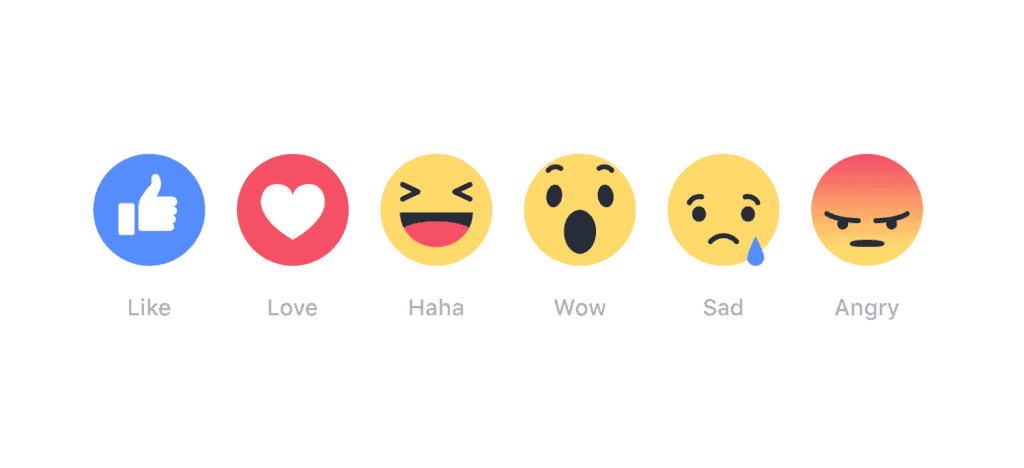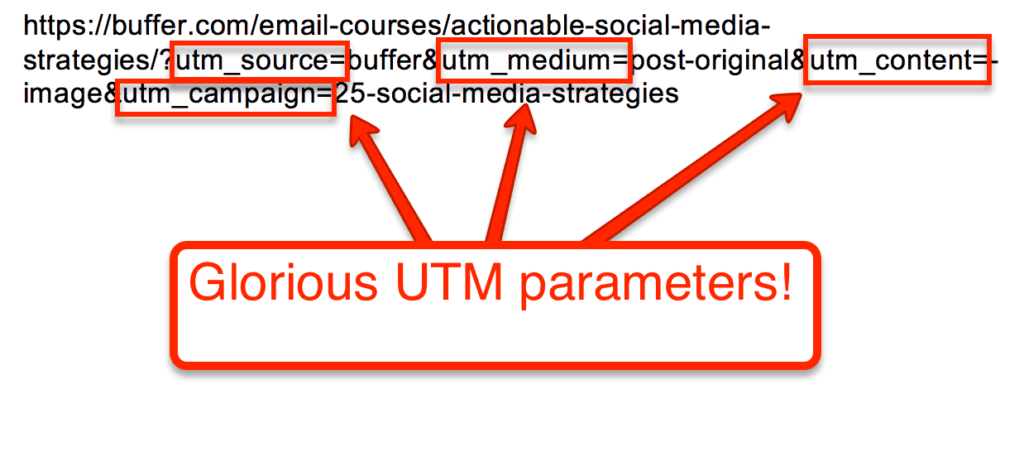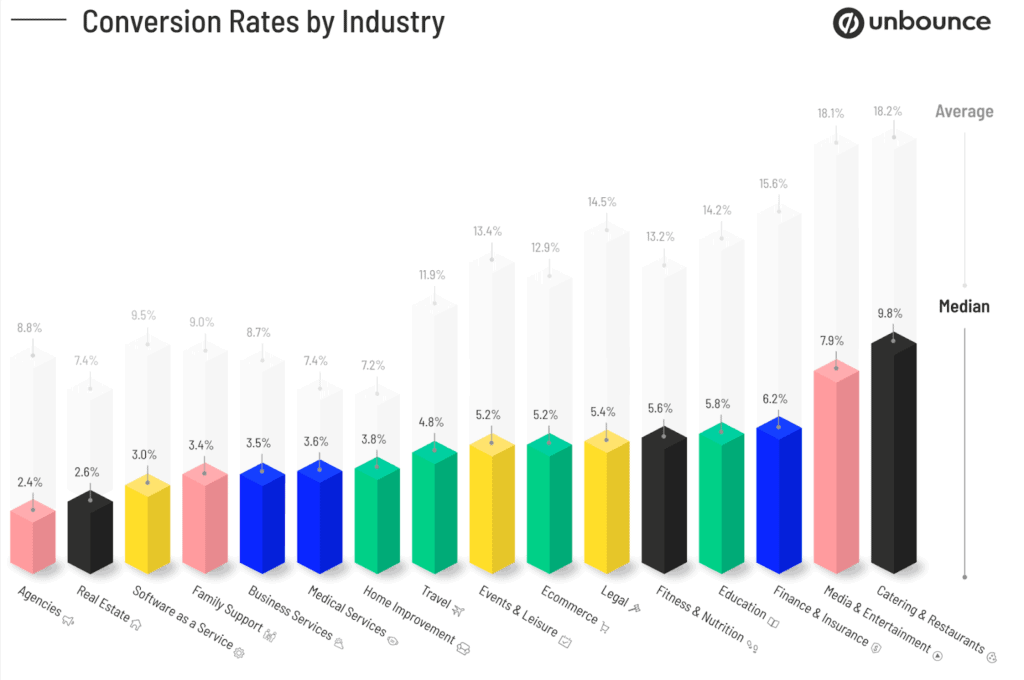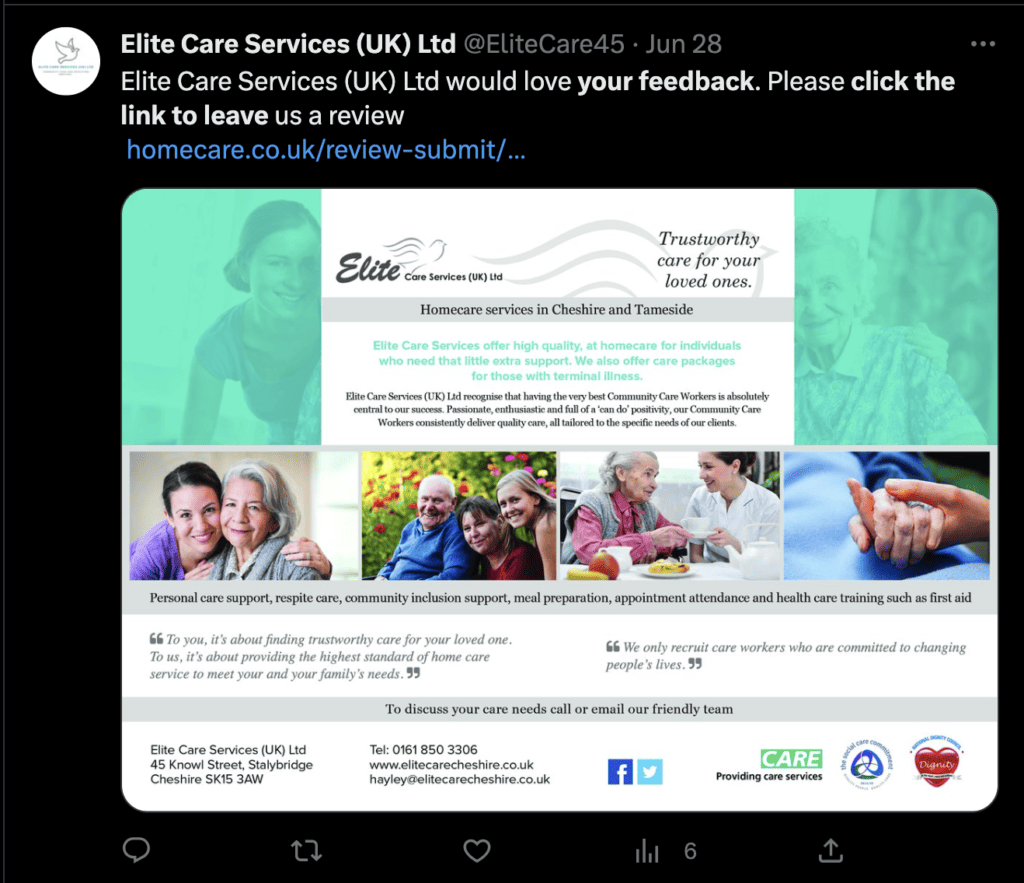Social Media KPIs Brands Should Track to Measure Marketing
As a business owner, your social media marketing efforts should go beyond regular posts or ads. You must also monitor your activities to ensure that your efforts yield adequate results. So, there are specific key performance indicators (KPIs) you should rely on. Some of these include engagement, visibility, or conversion metrics.
Social media KPIs give insights into audience behaviour, measure your online presence, and track customer satisfaction. However, this is only more effective if you set a goal or target before conducting social media activities like sharing content or promoting posts. That way, you’ll know what to look for when tracking KPIs.
Note that different social platforms have an insights dashboard you can use to check other metrics. So, the data you need to improve your social efforts is easily accessible. Now, look at the social media KPIs your brand should monitor to measure your marketing efforts.
Table of Contents
1. Engagement metrics
Engagement metrics serve as valuable social media KPIs for measuring the interaction and involvement generated by your brand's social media content. They provide feedback on your content's effectiveness in capturing your target audience's interest.
Let’s see some vital engagement metrics you should look out for:
Likes and reactions
Likes and reactions are among the most fundamental engagement metrics. They reflect the immediate response of users to a brand's content. Typically, when active users on social media like a picture or video you share, it demonstrates their interest or appreciation.
While Instagram only has “likes,” reactions are available on social platforms like Facebook and LinkedIn. The aim is to ensure users have more specific ways to convey their feelings about your content. Some of these reactions include love, anger, and laughs. Here are the responses you’ll find on LinkedIn:

Here’s what you’ll find on Facebook:

Likes and reactions provide a tangible measure of how well your content resonates with your audience.
If you notice that your content isn't getting a lot of likes, consider trying different content types to see what they're more likely to engage with.
Adverse reactions, of course, tell you that customers are displeased with your content. This may be because they didn’t find the information helpful or they were offended by the content. Whatever the case, monitoring reactions will help you understand what your audience wants you to share more often.
Comments
Comments provide a deeper level of engagement as they indicate that users actively participate in the conversation surrounding your content. More than the number of comments, you should pay close attention to the quality and sentiment of comments. This will offer valuable insights into the perception and preferences of their audience.
For example, you may have a thousand comments and more than 500 customer complaints. While the social media algorithms will see this as good engagement, it's evident that customers are displeased with the content or simply concerned about some issues. See the highlighted example from Starbucks’ comment section.

Like Starbucks, don’t hesitate to respond to customer complaints in your comment section. It’s one way to alleviate a displeased customer and give your brand a positive reputation.
To encourage more comments on your posts, lead the conversation by sharing fun or informative content and telling customers to contribute.
Shares and retweets
Retweets are for Twitter, while shares are for other social platforms. Both are potent indicators of content virality. When social media users share your brand's content with their network, it signifies that they find the content valuable enough to endorse and pass along.
By tracking the number of shares and retweets, you can measure the reach and impact of your content beyond your immediate followers.
One way to boost your shares is to encourage your followers to share your content with their audience if they find it valuable.
Average engagement rate
The average engagement rate provides an overall picture of how effectively your content engages its audience. This metric considers a combination of the above—likes, comments, shares, and retweets—providing a comprehensive measure of the overall interaction generated by a brand's social media presence. Here’s a simple formula breakdown for calculating your average engagement rate:
- Total engagement = Likes + Comments + Shares
- Average engagement rate = Total engagement ÷ Total followers
Note: The total engagement will vary across different social platforms. For instance, Facebook’s formula would be reactions + comments + shares. LinkedIn will be equal to likes + comments + shares + clicks. Typically, it’s the sum of all interactions your posts get on a social network within a specific period.
You can also calculate your average engagement rate based on reach. In this case, the formula is total engagement divided by total reach.
A high engagement rate indicates that people are interested in what you share with your social media account and want to interact with your content. This means you must intentionally create the type of content your audience enjoys.
Thankfully, you can discover what your target audience enjoys by checking which social media posts are getting more engagement and posting similar content. For variety, consider using generative AI tools like Writer to get creative ideas for your social content. Here’s an example:

Overall, monitoring the engagement metrics discussed here is crucial and will give you sufficient data to help foster meaningful connections and establish a loyal online community.
2. Reach and visibility metrics
The reach and visibility metrics are social media KPIs that will help you assess how many people see your content. You can fine-tune your content distribution strategies when you monitor your reach and visibility metrics.
For instance, you’ll be able to determine the best time to post on each social platform so that more people can see your content. You can also tell what type of content will help you gain more Instagram followers, attract more Twitter followers, or even go viral on social media.
So what are the various reach and visibility metrics to check?
Follower count
The follower count represents the number of people who have chosen to engage with your brand and stay updated on its activities. While a large follower count may signify brand popularity, it is essential to consider the quality of followers and their level of engagement. In this case, quality followers are those in your target audience— people who are more likely to buy your products or use your services.
If you monitor your follower count consistently, you can tell when your number of followers is declining or increasing. It may be impossible to prevent people from unfollowing your brand on social media. But, as a brand, you want to ensure that the number of new followers you gain exceeds those who unfollow you.
In cases where you notice a rapid decline in followers, consider posting more frequently or implementing strategies to help you gain more relevant followers. For instance, you can distribute your digital business card with social media links online or offline. The good thing about this strategy is that people won’t have to search manually to find you on social media. All they need to do is scan the QR code, and they’ll get to your social media profiles instantly.
Impressions
Impressions measure the number of times your content appears on users' screens. It does not matter if the user engages with the content or not. This metric accounts for both organic and paid reach. It purely focuses on revealing the potential exposure of your content.
Also, with impressions, it's important to note that a single user can see your posts multiple times on their feed, and each time, this will be recorded as a new impression. For example, your Instagram post may appear on a user’s feed once; this counts as one impression. If the same user sees this post again— maybe shared by the user’s friend or seen on the Explore page— it’ll count as another impression, making it two impressions.
A low impression means that only a few people are seeing your content. As a result, the likelihood of getting engagement or even being seen by potential customers will be low. You want to ensure your content suits your target audience to prevent this. Consider using relevant hashtags so that the ideal users can see your content.
Reach
Reach refers to the number of unique accounts that see your post. Unlike impressions, “reach” will not double-count content visited more than once by a single user. So, even if a single user sees the same content two or three times, it will be recorded as a single reach.
“Reach” provides a more refined perspective on the actual size of the audience across your posts. However, just like low impressions, low reach indicates that only a few people have seen your content, reducing the chances of engagement and even conversions. Some reasons you may have low reach could be:
- Poor-quality content that will not encourage any interactions— a signal that your content is not relevant, so the social algorithm is less likely to show it to more people.
- Using irrelevant hashtags or not using hashtags at all.
- You are not posting at the right time – in this case, when most of your audience will be active so they can see and engage with your post.
- You are not encouraging your audience to like or share your post.
If you pay attention to the above, you can optimise your posting strategy so that your social media account can reach more people. Of course, you must complement this with an excellent customer engagement strategy for the best results.
3. Conversion metrics
You may need to check these social media KPIs outside the social media platforms– instead, look to your website analytics dashboard or use Google Analytics to get these insights.
Conversion metrics allow you to measure the effectiveness of your social media efforts in driving specific user actions. Such actions may include clicking the link to your website or online store— Typically, it depends on the action you want your audience to take.
Let’s look at some of the vital conversion metrics you should monitor.
Website Traffic
Website traffic is a vital conversion metric that measures the number of users who visit your website through social media channels.
As a business, there’s a high chance the purpose of your social media marketing activities is to create awareness and lead potential customers to your storefront (website).
Tracking your website traffic allows you to assess the effectiveness of your social media content in driving users to explore your website further. Also, monitoring website traffic helps you understand the impact of your social media presence on generating interest and engagement with your products or services.
Poor social media traffic indicates that you need to boost your efforts. This may mean you must be more precise about your brand’s messaging or provide concise call-to-actions on social media.
Other social media conversion metrics
There are other social media conversion metrics you should consider looking at. You can also look at the percentage of your website visitors from social media who perform a specific action on your site. These actions include purchasing, filling out a form, or subscribing to a newsletter.
For such conversions to be tracked, UTM parameters come into play.
UTM stands for Urchin Tracking Module. UTM parameters refer to a unique set of codes added to the end of a URL that makes it easy to track. Typically, it’s how analytic tools like Google tell where your traffic is coming from.

Whether it’s your website traffic or email or form signups, or purchases you’re tracking, by analysing these social media conversion metrics, you can evaluate the effectiveness of your social media campaigns when it comes to driving specific actions.
You can also compare your conversion rate to your industry’s benchmark. Here’s a breakdown of various conversion rates across industries according to Unbounce:

These benchmarks will help you set more realistic conversion goals when planning your brand's social media campaign and any marketing campaign. It’s also how you can tell whether your brand is hitting the mark.
Return on investment
Return on investment (ROI) helps evaluate the profitability and effectiveness of your social media marketing efforts. It measures the revenue generated to the costs incurred for social media campaigns. Here’s a simple formula for calculating your social media ROI:
A negative ROI means you’ve spent more on social media than you earned from it. That, of course, is a loss. A positive ROI indicates that your social media efforts are profitable.
Monitoring your ROI helps you identify high-performing campaigns, optimise your advertising spend, and maximise the overall return on your social media investments. You'll also be able to make data-driven decisions when budgeting for future campaigns.
4. Customer satisfaction metrics
A solid and loyal customer base is crucial— not only to your social marketing efforts but to the overall success of your brand. That's why you want to ensure that your customers are satisfied.
Customer satisfaction metrics are social media KPIs that provide insights into customers' perceptions and experiences. These metrics help you monitor customer satisfaction with products, services, and social media interactions.
With CS metrics, you're equipped with data that can help you enhance your brand offerings to improve your overall customer experience.
In the following sections, we’ll look at some exciting customer satisfaction metrics you should track.
Sentiment analysis
The sentiment analysis examines social media conversations to gauge how customers feel about your brand. Typically, sentiment analysis focuses on overall emotions, opinions, and user attitudes instead of specific comments or brand mentions.
Sentiment analysis uses advanced algorithms and natural language processing techniques to determine whether customer emotions are positive, negative, or neutral. Social listening tools like Hootsuite, Sprout Social, or BuzzSumo help determine your customer sentiment.
By monitoring sentiment analysis, you can identify areas for improvement and ensure your brand has a positive reputation overall.
Net promoter score
The Net Promoter Score (NPS) is a customer loyalty and satisfaction metric developed by Frederick Reichheld, a renowned business analyst and author specialising in allegiance.
During his research on survey questions associated with consumer behaviour and business growth, Reichheld discovered that the most effective inquiries revolved around the likelihood of customers making referrals rather than simply asking if they were satisfied with a brand's product or service.
The NPS calculation involves surveying customers and asking them to rate, on a scale of 0 to 10, their likelihood of recommending the brand to others. Based on their responses, customers are categorised into three groups: promoters, passives, and detractors.
Promoters are customers who provide ratings of 9 or 10 and are highly likely to recommend the brand. Passives give ratings of 7 or 8 and are considered somewhat satisfied but less likely to promote the brand actively. Detractors, conversely, provide ratings of 0 to 6 and are unlikely to recommend the brand, often expressing dissatisfaction.

The Net Promoter Score is calculated by subtracting the percentage of detractors from the percentage of promoters. The resulting score can range from -100 to 100—a score between -100 to -1 shows that most customers are detractors. An NPS between 0 to 49 indicates mixed sentiments among customers — some are passives, and some are promoters. 50 -100 shows that you have more advocates.
Ultimately, NPS is a guiding tool for improving customer relationships and advocacy. For instance, you can focus on converting detractors into promoters by addressing their concerns, improving their products or services, and delivering exceptional customer experiences.
Customer feedback
Monitoring specific customer feedback and reviews (as opposed to the public’s general sentiment about your brand) allows you to understand customers' firsthand experiences and opinions. It gives you more specific information about what you can do to improve every aspect of your brand. So, if a user complains about the “automated sending feature” of your email marketing software, for instance, you can do something about that specific feature.
Social platforms like Instagram, Facebook, or Twitter allow you to run surveys that you can maximise for collecting customer feedback. You can achieve this by sending direct messages to your customers or sharing a survey link in a social media post. Here’s an example from Elite care services:

Monitoring your customer feedback and reviews is an effective way to foster a positive brand reputation. You can quickly identify specific negative feedback and work towards resolving specific issues customers have with your product or service.
Additionally, you can use positive feedback and reviews as social proof by sharing them on your profile or website. This way, you’ll be able to attract other potential customers to your brand.
In Closing, Social Media KPIs
Tracking social media KPIs is paramount for brands looking to optimise their marketing efforts, understand their audience, and enhance their overall social media performance.
This post showed the usefulness of monitoring engagement, reach and visibility, conversion, and customer satisfaction metrics. With these metrics, you can gain valuable insights into the effectiveness of your social media strategies.
Also, regularly monitoring these metrics enables you to make data-driven decisions, refine your marketing campaigns, and build strong and lasting connections with your target audience.
Now that you know this, stay proactive in tracking and analysing your social media KPIs to ensure your marketing efforts are aligned with your business goals and drive meaningful results. Good luck!
Author Bio: Martin Gessner is the Founder of Focus on Force. He has spent over ten years working in various Salesforce roles, including business analyst, project manager, consultant and solutions architect. He has earned twelve certifications, published “The Salesforce Career Playbook”, and helped Salesforce professionals learn more about Salesforce, develop their careers and prepare for certifications.
